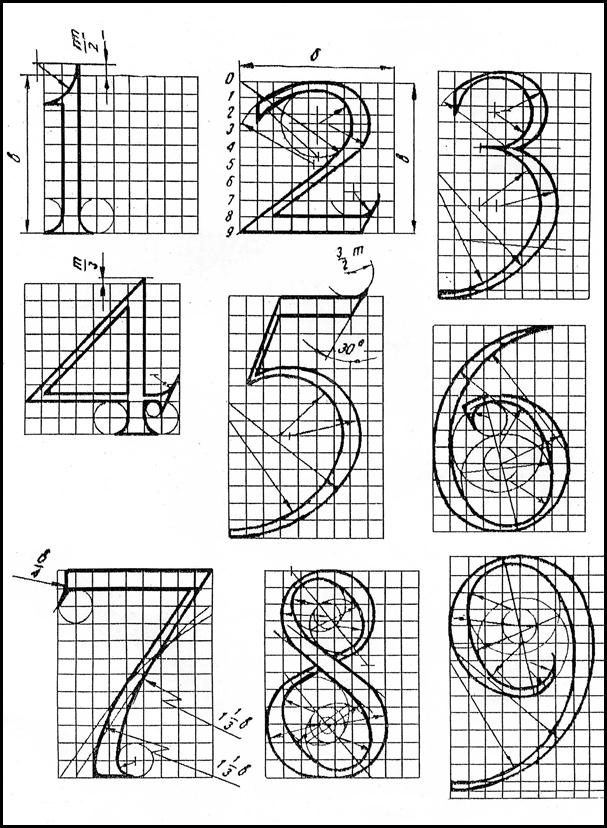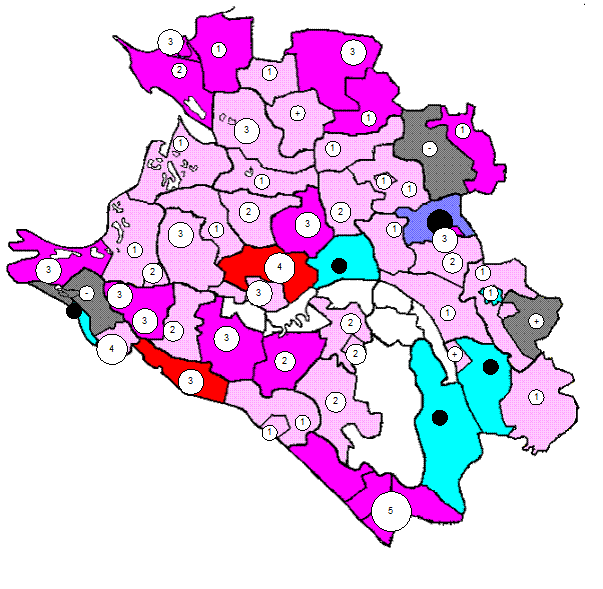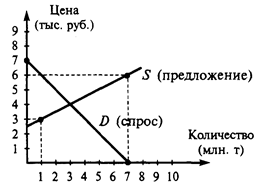Task: read the text and list the main causes of juvenile delinquency.
In Britain a minor for most legal purposes is a person under the age of eighteen. Under the Children and Young Persons Act 1969 minors over 14 are presumed to be fully responsible for their actions. Children under the age of 10 are, in the eyes of law, deemed to be incapable of performing a crime. A young person is judged capable of criminal intentions in the same way as an adult. A great percentage of adult offenders started their careers as criminals between 14 and 21 years of age. In many countries the meaning of juvenile delinquency is so broad that it embraces practically all manifestations of juvenile behaviour. Thus, disobedience, stubbornness, lack of respect, smoking, collecting cigarette butts, hawking and the like are considered as juvenile delinquency. Even in highly civilized countries such as the United States and Sweden complete statistics on juvenile offenders are not available. Juvenile delinquency is often regarded as a social problem, it is mostly the result of poor living conditions. Therefore, the improvement of these conditions is recommended as a way of preventing juvenile delinquency. Studies show that juvenile delinquency tends to increase rapidly in cities or countries undergoing economic and social changes. Psychological factor is also called among factors causing juvenile delinquency. Tension, lack of affection, aggressiveness, frustration and the like often lead to crimes. Thus, satisfaction of emotional needs of minors is of particular importance. The disintegration of the family and the lowering of moral standards are also contributory causes of juvenile delinquency. Treatment of young offenders embraces all types of methods of social rehabilitation and measures, including disciplinary measures and punishments. There should be a system of individualized treatment. Therefore, punishment may be understood to mean, among other things, fines, restitution, compulsory attendance at particular centres or institutions, detention and deprivation of liberty. The selection of staff in charge of treatment is particularly important in the treatment of juvenile offenders. The length of treatment should be determined since offenders appear to react more favourably when they have an idea of the length of the treatment in advance. Ex. 1. Put the following sentences in the logical order. 1. In the eyes of law, children under the age of 10 are incapable of performing a crime. 2. A great percentage of adult offenders started their criminals between 14 and 21 years of age. 3. In many countries the meaning of juvenile delinquency is so broad that it embraces all manifestations. 4. Juvenile delinquency is often regarded as a social problem. 5. Psychological factor is called among factors causing juvenile delinquency. 6. Treatment of juvenile offenders embraces all types of methods and measures, including disciplinary measures and punishment. Ex. 2. Explain and expand on the following: 1. A young person is judged capable of criminal intentions in the same way as an adult. 2. The disintegration of the family is also a contributory cause of juvenile delinquency. 3. The selection of staff in charge of treatment is particularly important in the treatment of juvenile offenders. Ex. 3. What problems can be discussed with the help of the following groups of words: 1. perpetrator, group rape, conspiracy, to play a secondary role, to assist, the first degree, the second degree, the accessory before or after the fact; 2. to do criminal act, actually, to be guilty of criminal omission, through an innocent agent, to be present at the commission of a crime; 3. to advise, to procure, an accessory, to countermand, to assist, to permit the escape of the criminal.
|




